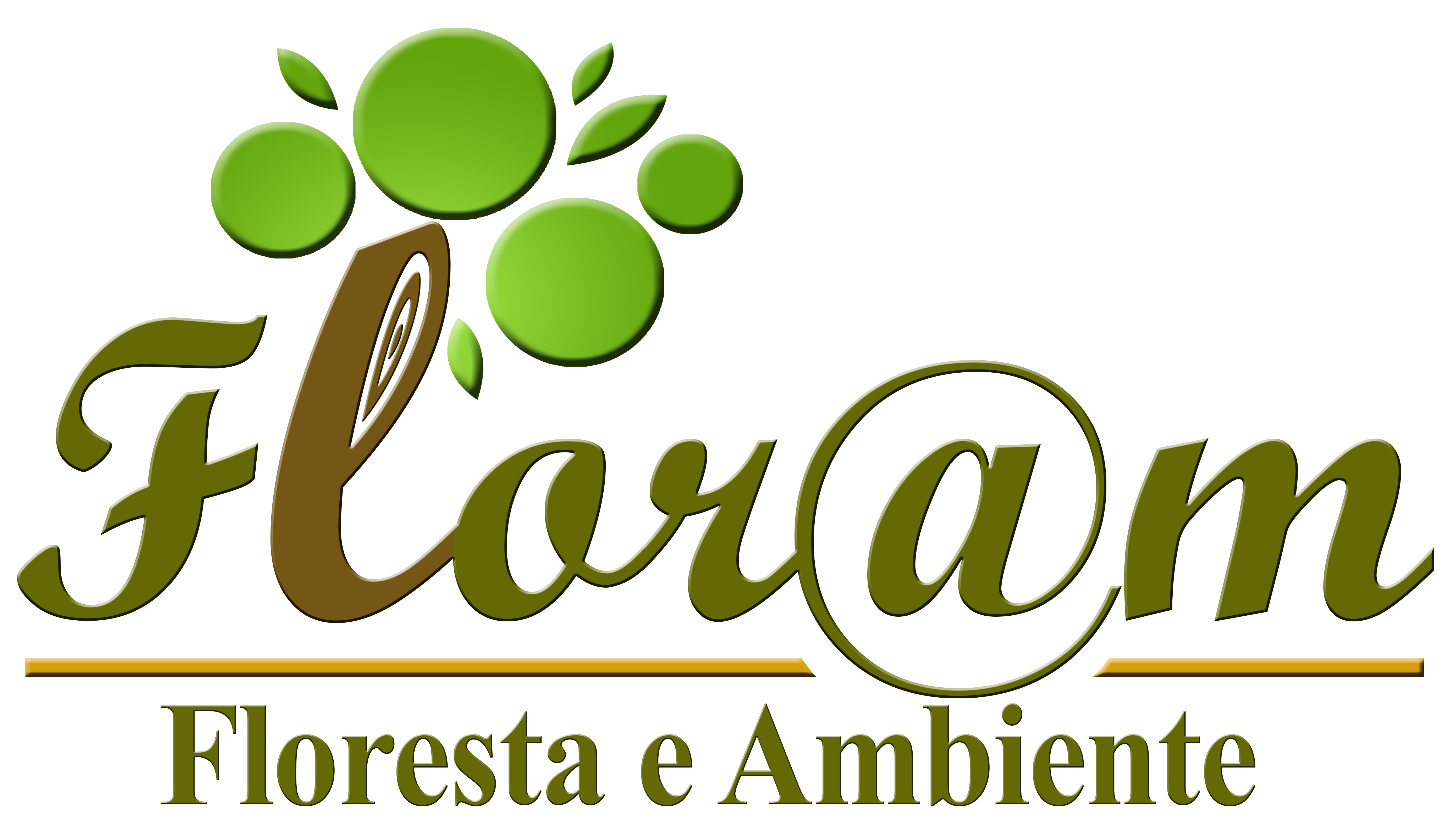Diversity of Vascular Epiphytes in Urban Green Areas of Juiz de Fora, Minas Gerais, Brazil
Francine Seehaber Alvim; Samyra Gomes Furtado; Luiz Menini Neto
Abstract
Keywords
References
Alves ES, Moura BB, Domingos M. Structural analysis of
Alves ME, Brun C, Dal Forno RS, Essi L. Levantamento de espécies epífitas vasculares da zona urbana do município de Palmeira das Missões, RS, Brasil.
Barthlott W, Schmit-Neuerburg V, Nieder J, Engwald S. Diversity and abundance of vascular epiphytes: a comparison of secondary vegetation and primary montane rain forest in the Venezuelan Andes.
Bataghin FA, Fiori A, Toppa RH. Efeito de borda sobre epífitos vasculares em floresta ombrófila mista, Rio Grande do Sul, Brasil. O.
Becker DFP, Padoin TOH, Nascimento CA, Robalski JL, Linden R, Schmitt JL. Riqueza e composição de epífitos vasculares em áreas urbanas da Bacia Hidrográfica do Rio dos Sinos, RS, Brasil.
Benzing DH. Bromeliad trichomes: structure, function, and ecological significance.
Benzing DH. Vascular epiphytes. In: Lowman MD, Rinker HB, editors.
Benzing DH.
Bermudez GMA, Rodriguez JH, Pignata ML. Comparison of the air pollution biomonitoring ability of three
Biondi D.
Brazil Flora Group – BFG. Brazilian Flora 2020: innovation and collaboration to meet Target 1 of the Global Strategy for Plant Conservation (GSPC).
Burns KC, Zotz G. A hierarchical framework for investigating epiphyte assemblages: networks, meta-communities, and scale.
Calvente AM, Andreata RHP, Vieira RC. Stem anatomy of
Companhia de Saneamento Básico de Juiz de Fora – CESAMA.
Costa FCB, Chiavegatto B, Barbosa DEF, Furtado SG, Menini Neto L. Espécies de
Dettke GA, Orfrini AC, Milaneze-Gutierre MA. Composição florística e distribuição de epífitas vasculares em um remanescente alterado de Floresta Estacional Semidecidual no Paraná, Brasil.
Dislich R, Mantovani W. A flora de epífitas vasculares da Reserva da Cidade Universitária “Armando de Salles Oliveira” (São Paulo, Brasil).
Elias C, Fernandes AN, França EJF, Bacchi MA. Seleção de epífitas acumuladoras de elementos químicos na Mata Atlântica.
Fabricante JR, Andrade LA, Marques FJ. Componentes epifítico vascular ocorrente em árvores urbanas.
Fahn A, Cutler DF.
Farache FHA, Do Ó VT, Pereira RA. New occurrence of non-pollinating fig wasps (Hymenoptera: Chalcidoidea) in
Freitas L, Salino A, Menini L No, Almeida TE, Mortara S, Stehmann J et al. A comprehensive checklist of vascular epiphytes of the Atlantic Forest reveals outstanding endemic rates.
Freitas WK, Pinheiro MAS, Abrahão LLF. Análise da arborização de quatro praças no bairro da Tijuca, RJ, Brasil.
Furtado SG, Menini L No. Diversity of vascular epiphytes in urban environment: a case study in a biodiversity hotspot, the Brazilian Atlantic Forest.
Gentry AH, Dodson CH. Diversity and biogeography of neotropical vascular epiphytes.
Gomes MAS, Soares BR. A vegetação nos centros urbanos: considerações sobre os espaços verdes em cidades médias brasileiras.
Gotsch SG, Nadkarni N, Amici A. The functional roles of epiphytes and arboreal soils in tropical montane cloud forests.
Graciano C, Fernández LV, Caldiz DO.
Hefler SM, Faustioni P. Levantamento florístico de epífitos vasculares do bosque São Cristovão-Curitiba-Paraná-Brasil.
Hoeber V, Weichgrebe T, Zotz G. Accidental epiphytism in the Harz Mountains, Central Europe.
Instituto Brasileiro de Geografia e Estatística – IBGE.
Instituto Hórus de Desenvolvimento e Conservação Ambiental.
Jardim Botânico do Rio de Janeiro – JBRJ.
Kaufmann S, McKey DB, Hossaert-McKey M, Horvitz CC. Adaptations for a two-phase seed dispersal system involving vertebrates and ants in a hemiepiphytic fig (
Kersten RA. Epífitas vasculares: histórico, participação taxonômica e aspectos relevantes, com ênfase na Mata Atlântica.
Kramer JA, Krupek RA. Caracterização florística e ecológica da arborização de praças públicas do município de Guarapuava, PR.
Krömer T, García-Franco JG, Toledo-Aceves T. Epífitas vasculares como bioindicadores de la calidad forestal: impacto antrópico sobre su diversidad y composición. In: Zuart CAG, editor.
Lapo CA, Magenta MAG. Urban trees, epiphytism and avifauna in central districts of Santos-SP.
Lowman MD, Rinker HB.
Marques JS.
Monalisa-Francisco N, Ramos FN. Composition and functional diversity of the urban flora of Alfenas-MG, Brazil.
Oliveira NE No, Fonseca CR, Carvalho FA. O problema das espécies arbóreas exóticas comercializadas nos viveiros florestais: estudo de caso no município de Juiz de Fora (MG).
Pauleit S, Jones N, Garcia Martin G, Garcia Valdecantos JL, Riviere LM, Vidal Beaudet L et al. Tree establishment practice in towns and cities-results from a European survey.
Rocha GC, Latuf MO, Carmo LFZ. Mapeamento de riscos ambientais à escorregamentos na área urbana de Juiz de Fora, MG.
Rocha LD, Droste A, Gehlen G, Schmitt JL. Leaf dimorphism of
Santana LD, Furtado S, Nardy C, Leite FS, Menini L No. Diversity, vertical structure and floristic relationships of vascular epiphytes in an urban remnant of the Brazilian Atlantic forest.
Santos HB Jr, Jardim MAG. Epífitas e lianas em palmeiras amazônicas.
Santos TOB, Lisboa CMCA, Carvalho FG. Análise da arborização viária do bairro de Petropólis, Natal, RN: uma abordagem para diagnóstico e planejamento da flora urbana.
Silva A, Musa CI, Renner S, Horn TB, Rempel C, Ferla NJ. A influência do efeito de borda na abundância e diversidade de epífitas no Jardim Botânico de Lajeado, Rio Grande do Sul.
Siqueira JC. Bioinvasão Vegetal: dispersão e propagação de espécies nativas e exóticas no
Zotz G.

